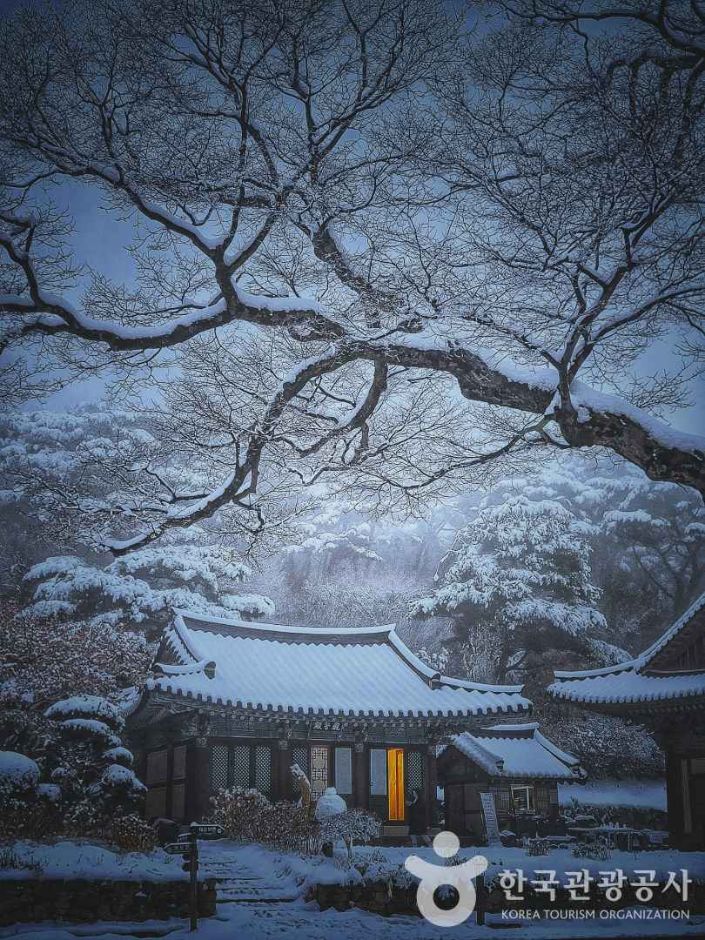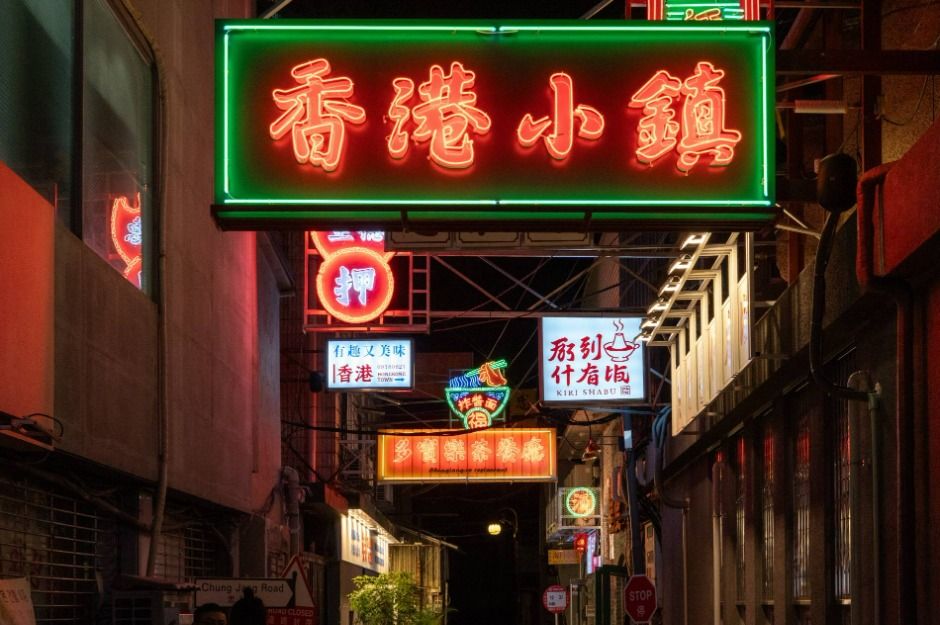Explanation
Jeondeungsa Temple is located in Samnangseong Fortress, which is said to have been built in 381 by the three sons of Dangun, the founder of Korea. The temple was originally called Jinjongsa Temple, but changed to the current Jeondeungsa Temple during the Goryeo period.
Jeondeungsa Temple contains significant architectural works. Decorated with delicate carvings, the temple buildings are superlative examples of the architecture of the mid-Joseon dynasty. Visitors can see names of soldiers written on the walls and columns of Daeungjeon Hall. These soldiers fought against the French Navy and wrote their names in Jeondeungsa to pray to Buddha for good luck in war.
There are ten other structures of historical significance at the temple including Yaksajeon Hall, Beomjong Bell, and Yangheonsu Victory Monument. The compound is also home to many ancient trees.
Inquiry
+82-32-937-0125
Homepage
Information Use
Experience Guide : Templestay
Contact and Information : +82-32-937-0125
Parking facilities : Available
Day off : N/A (Open all year round)
Hours : 09:00-17:30
More information
Parking Fees
Small vehicles 2,000 won
Large vehicles 8,000 won
Restrooms
Available
Admission Fees
Free
Location
37-41 Jeondeungsa-ro, Ganghwa-gun, Incheon















 English
English
 한국어
한국어 日本語
日本語 中文(简体)
中文(简体) Deutsch
Deutsch Français
Français Español
Español Русский
Русский